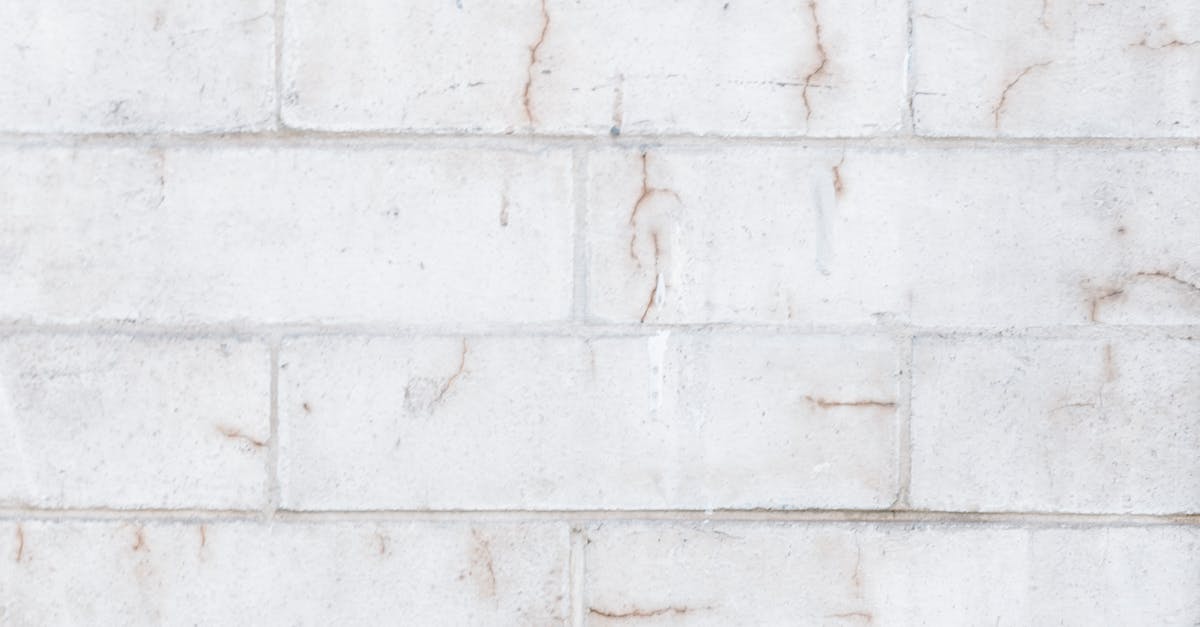 Emphasising texture alongside minimalism creates an engaging visual narrative. Instead of opting for loud colours or excessive ornamentation, designers can rely on tactile elements to infuse warmth and personality into their creations. The interplay between light and shadow on textured surfaces fosters a dynamic experience, encouraging viewers to appreciate the nuances of design. Cultivating this balance cultivates a lasting impression, ensuring that minimalist architecture remains relevant and celebrated through generations.
Emphasising texture alongside minimalism creates an engaging visual narrative. Instead of opting for loud colours or excessive ornamentation, designers can rely on tactile elements to infuse warmth and personality into their creations. The interplay between light and shadow on textured surfaces fosters a dynamic experience, encouraging viewers to appreciate the nuances of design. Cultivating this balance cultivates a lasting impression, ensuring that minimalist architecture remains relevant and celebrated through generations.Ecofriendly Textured Table Of ContentsMaterials
The Role of Neutral ToneHowever, there are notable differences in durability and maintenance requirements among cladding materials. While EPS is resistant to moisture and certain insects, it may lack the same level of structural integrity offered by steel or brick. In some environments, particularly those exposed to extreme weather, the performance of EPS can be outperformed by its counterparts. Understanding these traits is essential for builders and architects when selecting the right cladding material for their specific needs.s in Minimalist Cladding
Strengths and Weaknesses in ConstructionStreamlined Wall Cladding Solutions for Modern Homes
Expanded polystyrene (EPS) cladding offers a range of strengths that make it a popular choice in modern construction. Its lightweight nature simplifies handling and installation, which can reduce labour costs significantly. The thermal insulation properties of EPS are exceptional, promoting energy efficiency in buildings. This material also exhibits a high degree of moisture resistance, helping to minimise issues related to dampness and mould growth. Additionally, EPS is resistant to insect and rodent infestation, which contributes to the longevity of the structure.Embracing Simplicity in Wall Cladding Design
However, there are weaknesses associated with expanded polystyrene that must be considered. While it is durable in many applications, extreme exposure to UV light can lead to degradation over time. Fire-resistance is another concern; although EPS can be treated with fire-retardant chemicals, it still poses a risk under certain conditions. The rigidity of EPS can also limit its flexibility in design compared to other materials, which may be a consideration for architects looking for versatility in cladding options. Understanding both strengths and weaknesses is essential for making informed decisions in construction projects.
Maintenance and Care for Expanded Polystyrene Cladding
Taking care of expanded polystyrene cladding involves regular inspections and minor repairs to maintain its appearance and functionality. Cleaning is essential; a gentle wash with mild detergent and water will help remove dirt and stains. It is crucial to avoid abrasive cleaners or harsh chemicals, which can damage the surface. Additionally, checking for any cracks or signs of wear periodically allows for early intervention and prolongs the life of the cladding.Energy Efficiency Benefits of Composite Wall Cladding
Protecting the cladding from harsh environmental factors is also important. While expanded polystyrene is resistant to moisture, ensuring proper drainage and safeguarding against debris accumulation can help mitigate water damage. Homeowners should be mindful of any vegetation that may encroach and create undue pressure on the cladding. Regular maintenance ensures that the vibrant aesthetic appeal and insulating properties of expanded polystyrene remain intact for years to come.
LongTerm Durability and Upkeep
Expanded polystyrene (EPS) cladding offers notable long-term durability, making it a popular choice for a variety of building projects. Its inherent resistance to moisture and mould contributes to its longevity, reducing the risk of deterioration over time. Proper installation and the choice of suitable finishes can enhance its ability to withstand harsh weather conditions. Regular inspections can identify any potential damage early, ensuring prompt repairs that maintain both structural integrity and aesthetic appeal.
For upkeep, routine cleaning is essential to prevent dirt accumulation and preserve the appearance of the cladding. Mild detergents and water usually suffice for regular maintenance tasks. In addition, periodic assessments should include checks for any signs of wear or damage, particularly after severe weather events. Addressing minor issues as they arise can prevent them from escalating into more significant concerns, thus promoting the extended life of the cladding.
Innovative Patterns and Textures in Cladding DesignSydney Stone Wall Cladding
Cladding design has increasingly embraced creativity, allowing architects and builders to explore distinctive patterns and textures. Expanded polystyrene, known for its versatility, can be easily moulded into unique shapes. This adaptability enables the creation of surfaces that range from sleek and modern to textured and rustic. Such options can significantly enhance the visual appeal of a structure while providing essential insulation and protection.